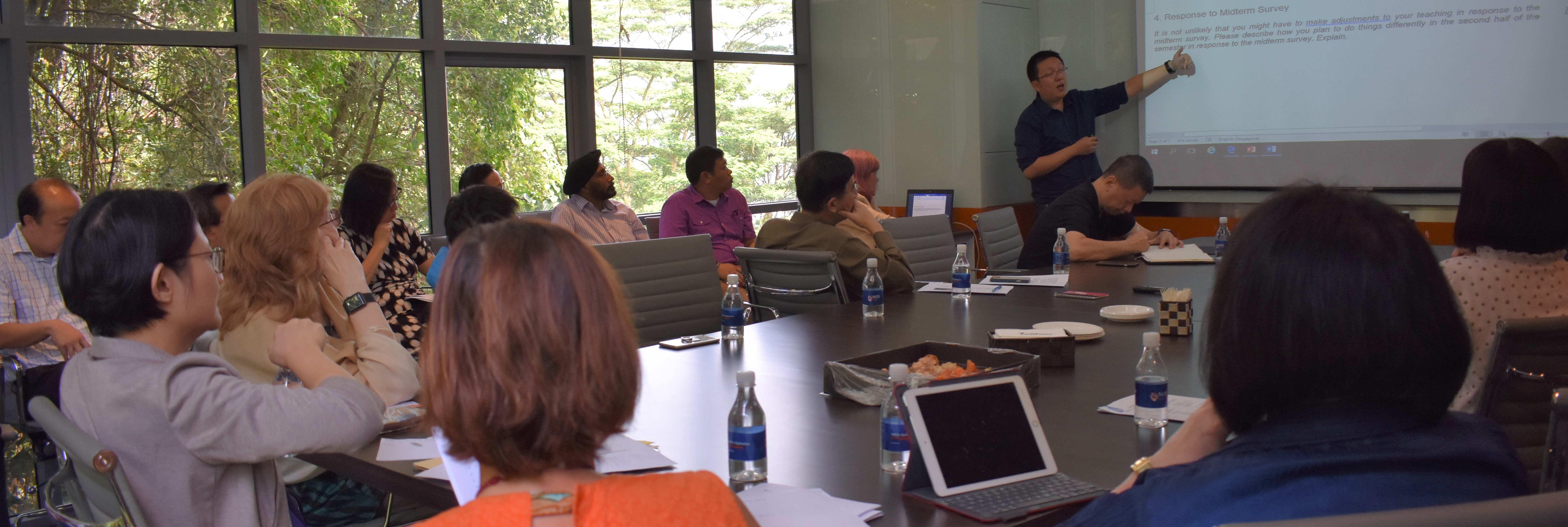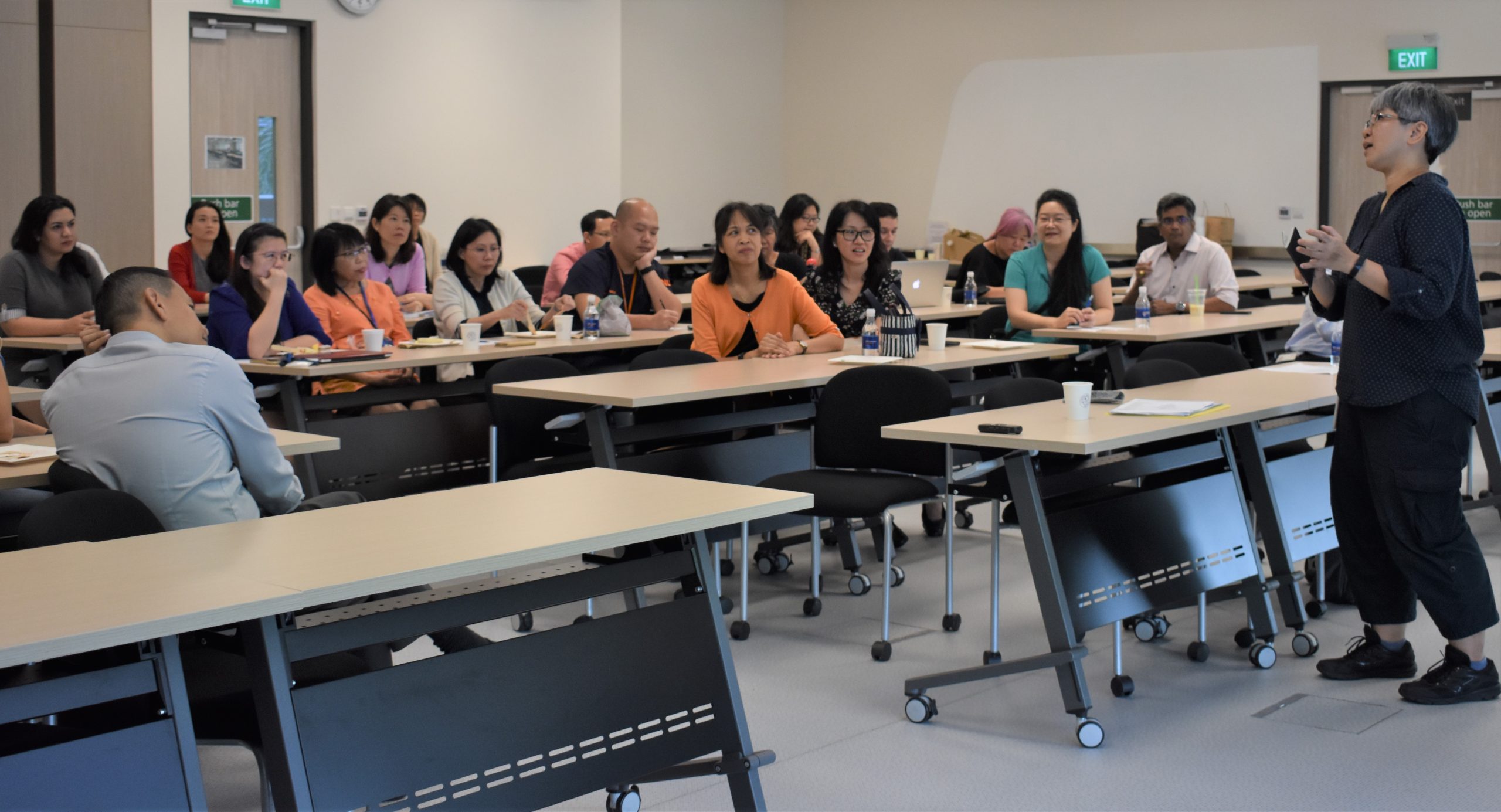Teaching Mentoring Coffee Session with Medical & Dentistry
06 December 2019, 10.00 AM - 12.00 PM
View Detail View Gallery

Teaching Mentoring Coffee Session with Medical & Dentistry
06 December 2019, 10.00 AM - 12.00 PM
View Detail View GalleryLatest

Mentoring in Teaching with Law & LKYSPP
01 November 2019, 12.30 PM - 2.00 PM
View Detail View Gallery
Teaching Excellence on the NUS Educator Track with Biz & FASS
09 October 2019, 3.00 PM - 5.00 PM
View Detail View Gallery




Our Adjunct Faculty: Integral and Indispensable
23 March 2017, 3.00 PM - 5.00 PM
View Detail View Gallery

Authentic Learning and Task-Based Self-Directed Learning
20 May 2016, 10.00 AM - 12.00 PM
View Detail View Gallery
Assessment Matters: Common Challenges and Solutions
18 November 2015, 1.00 PM - 3.00 PM
View Detail View Gallery
Discussion on Grade Free Semester (Faculty)
12 March 2015, 3.00 PM - 5.00 PM
View Detail View Gallery
Workshop by John Biggs and Catherine Tang – “Applying Constructive Alignment to Teaching and Learning”
22 September 2014, 10.00 AM - 12.00 PM
View Detail View Gallery

Forum on Technology Enhanced Learning for Faculty & Students
29 January 2013, 4.00 PM - 6.00 PM
View Detail View Gallery

Discussion on GEMs for Faculty & Students
03 October 2011, 12.30 PM to 2.00 PM
View Detail View Gallery